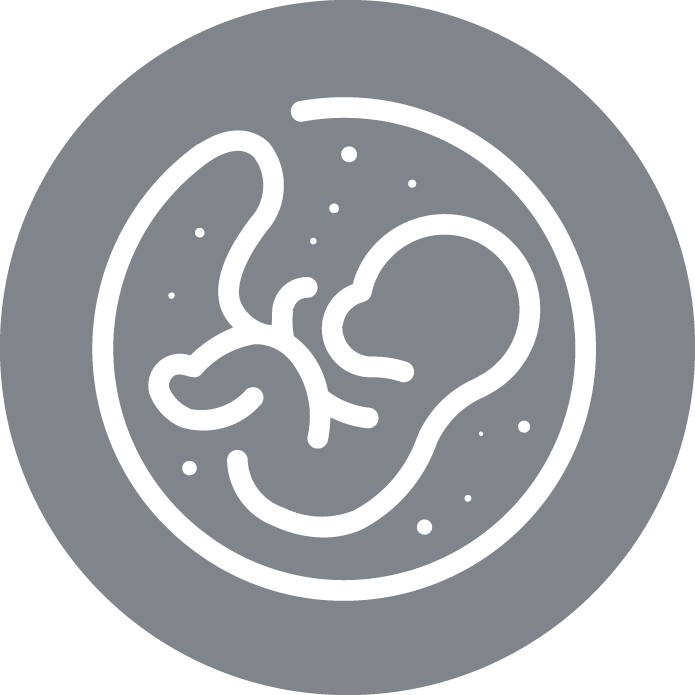Interview with Dr. Hortensia Ferrero, researcher of the Miguel Servet programme.
“With the Miguel Servet contract, my goal is to describe the differentially expressed genes that are implicated in the development and growth of uterine fibroids. This information could be the therapeutic target for their very treatment.”
Hortensia Ferrero, a biologist with a PhD in biotechnology, is a researcher at IVIRMA. Her clinical work has been awarded with the Miguel Servet contract which will allow her to continue investigating her current area of study: the diagnosis and treatment of uterine diseases.
This researcher is specifically focusing on the analysis and study of genetics and their possible relationship with the appearance of uterine fibroids.
Having received both national and international awards, Dr. Ferrero has also contributed to numerous scientific publications. She now considers this new step in her professional career to be an opportunity to “describe the differentially expressed genes that are regulated by epigenetic modifications in the uterine fibroids that are implicated in the development and growth of uterine fibroids which could be the possible therapeutic targets for their very treatment.”
How will you approach the development of this line of research now that you know that it will be supported by a Miguel Servet?
The project will focus on identifying and integrating possible epigenetic modifications to try to understand the molecular mechanisms involved in the development of uterine fibroids.
Further knowledge of these epigenetic modifications will allow us to define therapeutic targets to reduce the size of fibroids or possibly even to eliminate them.
With the research boost provided by the Miguel Servet, we will be able to describe the differentially expressed genes in uterine fibroids which may be implicated in the formation of these tumors thereby enabling us to define new therapeutic targets.
How will patients perceive and benefit from the progress in this field?
Fibroids are especially common in women of reproductive age, as approximately one in four women will develop them. Determining the gene patterns involved in the appearance of these fibroids will help to treat them earlier. In addition, these findings will aid in avoiding the use of current treatments that have long-term side effects in patients with uterine fibroids. This is why the search for new therapeutic targets will be an essential asset for these women.
This project you have embarked on is a major professional challenge, although you have already carried out several lines of research throughout your career. Which one would you define as particularly noteworthy?
For me, the most significant scientific breakthrough in my career was describing ovarian endometriosis' detrimental effect on the quality of oocytes in women who suffer from it. This finding was especially meaningful because endometriosis is the great unknown of uterine diseases.There is a lot of controversy about how and when women who suffer from endometriosis are affected in terms of fertility.
With this study we are finally clarifying that women with ovarian endometriosis have poorer quality oocytes. These oocytes lead to poor quality embryos, suggesting that the low implantation rate in these women may be due to the quality of their oocytes.
How do you see the future of science and, in particular, of reproduction?
I cannot help but imagine a future where treatments related to reproductive problems will become personal and individual for each patient. It will be of utmost importance to take into account the unique variables and characteristics of each person in order to improve implantation and pregnancy rates.
All this will go hand in hand with new methods of early diagnosis and individualized uterine disease prevention therapies. In short: science must be present to contribute all new knowledge to the human being, and observation and experimentation will be the great standard-bearers of the coming advancements.



